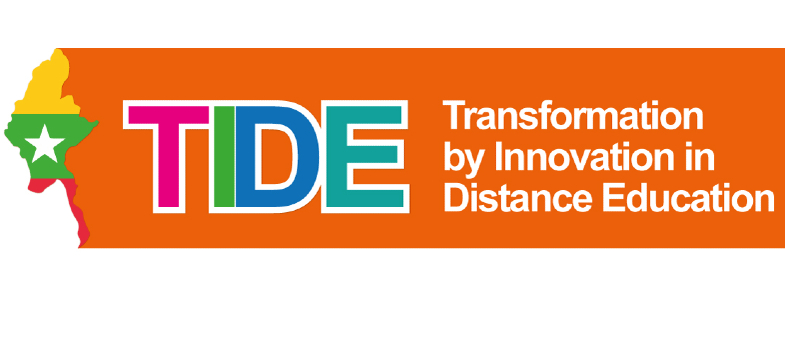4 Keeping it legal
One of the exciting things about the internet is that you can create,
Remixing means taking existing material and reworking it for your own purposes. It is very easy to do, and you may have seen videos on Facebook or YouTube where people have used films or famous songs for their own videos. This is sometimes referred to as a ‘parody’ or ‘mash up’. The video below is an example. This was made to teach the scientific method and uses the song ‘Gangnam Style’ by Psy.
There are a number of sites that offer space to share original material. For example, YouTube is popular for video and Flickr is a popular photo sharing site.
If you want to use someone else’s material (often referred to as third party content), you need to be thinking about getting permission to do so, whether that’s through an exception such as Fair Dealing (more later), a Creative Commons licence or by contacting the rightsholder. If you need to contact the rightsholder to seek permission, make sure you allow plenty of time for a response, and explain the context of your use and the media in which you want to reproduce their content.
When you share your own original material online, you should also be thinking about how you can best protect your own copyright and avoid confusion by any potential users of your content.
For the remainder of this week you’ll be finding out more about copyright law and how it is used. You’ll also learn about
3.1 Connecting and communicating safely
